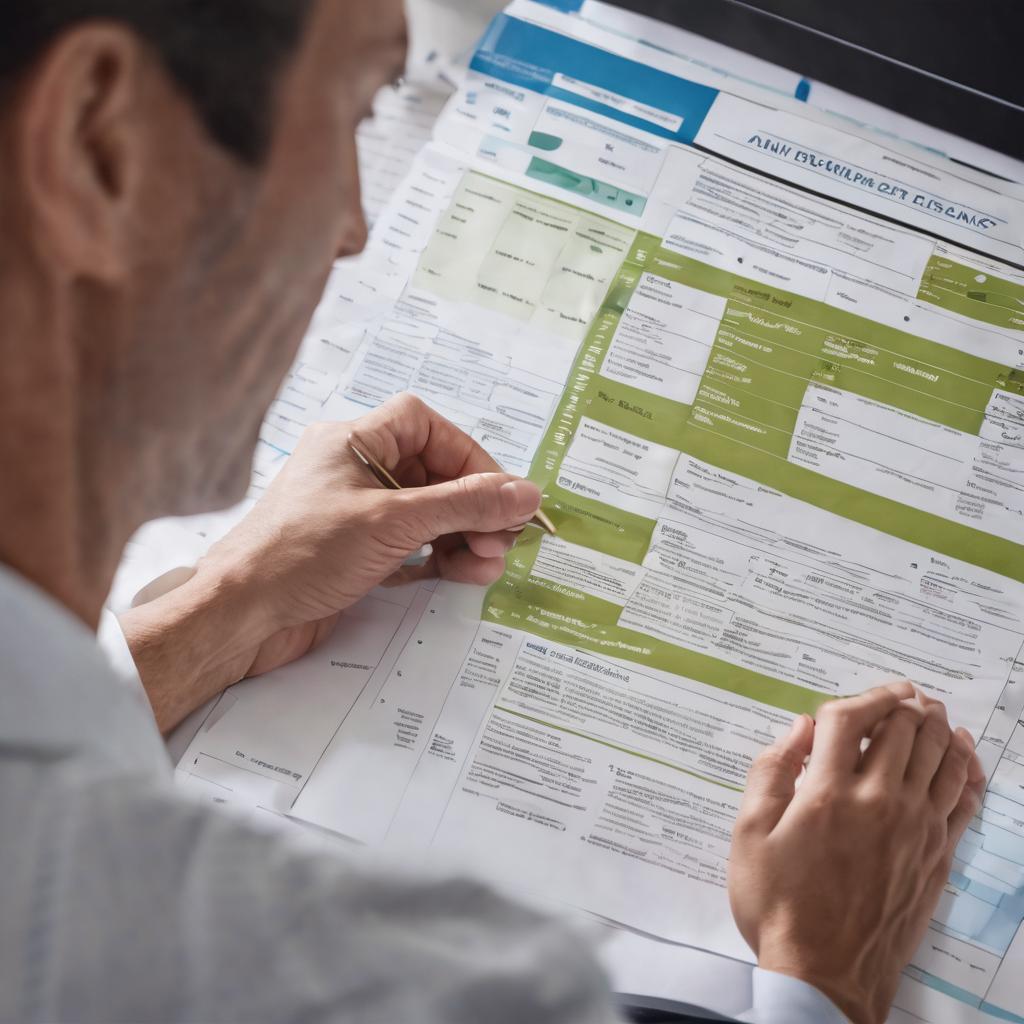A Guide to Understanding Auto Insurance Coverage Types
Contents
Introduction
One of the most important purchases you will make is a car. From the time you decide to purchase a car until the day that you own it, there are many different things to consider. For example, do you want new or used? Do you want an SUV or a sedan? What kind of features would make your driving experience more enjoyable? When it comes to insuring your automobile, there are several factors to consider as well. If you don’t properly understand how auto insurance works, then there’s a chance that your vehicle could be under-insured or even uninsured! In this guide, I will explain some common types of auto insurance coverage and how they work together in order to protect drivers from accidents and losses that occur while driving their cars on public roads.
Liability Coverage
Liability coverage is the most important type of auto insurance. If you’re involved in an accident, liability coverage pays for damages you cause to others. Liability can be divided into three parts: bodily injury (BI), property damage (PD), and personal injury protection (PIP).
BI covers medical expenses for injuries sustained by other people who were in your vehicle or someone else’s vehicle during an accident you caused. If a passenger in your car is injured in an accident, BI will pay their medical bills–and vice versa if they get hurt while riding as passengers with other drivers on the road. It’s also important to note that BI doesn’t just include passengers; it also applies if pedestrians are struck by your car while crossing at an intersection or walking along the side of a road where they weren’t supposed to be standing/walking/etc., which means everyone needs this form of coverage unless they live somewhere where pedestrians aren’t allowed on public streets like Manhattan Island!
PD reimburses owners when their vehicles have been damaged because of another person’s negligence (or lack thereof). For example: say someone rear ends me on my way home from work tonight? My insurance company will cover repairs done by body shops after we settle up about how much money each party owes each other.”
Personal Injury Protection (PIP)
Personal Injury Protection (PIP) is a type of auto insurance coverage that provides medical expenses for you or passengers in your vehicle. This can include hospital bills and other healthcare costs, as well as lost wages. PIP is optional and not required by law in most states; however, it’s often offered as part of a comprehensive policy package because it protects you from being held financially responsible for medical expenses if you’re involved in an accident.
It’s important to note that PIP does not replace health insurance–it only covers injuries sustained while riding as a passenger or driver in your car or truck (not those sustained outside of these vehicles). These types of injuries may include broken bones from seatbelt restraints, concussions from airbag deployments, burns from hot engine parts touching bare skin during fire accidents etcetera… The maximum amount paid out per person each year under most policies is $10k but this amount varies depending upon what state you live in so check with your provider before buying any kind of coverage just so they know exactly what kind they should provide based on where they live!
Collision Coverage
If you have collision coverage, your insurer will pay for damage to your car when it is involved in an accident. This can be a great way to save money on your auto insurance and avoid paying out of pocket if you get into an accident.
Collision coverage is not required by law in most states, but it’s highly recommended that every driver carry this type of protection. If your car gets hit by another driver who doesn’t have insurance or if someone intentionally damages it (like vandalism), their lack of financial responsibility will leave you responsible for all repairs needed on your vehicle before they can drive again legally–which could cost thousands of dollars!
Comprehensive Coverage
Comprehensive coverage is a type of auto insurance that covers damage to your car caused by something other than a collision with another vehicle. For example, if you’re driving down the highway and hail suddenly smashes your windshield, comprehensive will cover the cost of repairing it or replacing it entirely (assuming your policy includes comprehensive).
Comprehensive coverage also covers theft; if someone breaks into your car and steals something valuable like a laptop or camera, comprehensive will help pay for those costs as well.
Medical Payments Coverage
Medical payments coverage is a type of insurance that pays for medical expenses incurred by the policyholder and passengers in an accident. It’s also known as personal injury protection (PIP) or no-fault coverage, depending on where you live.
In most states, this type of coverage isn’t required by law–but it’s highly recommended. The main reason: If you’re not insured against injuries sustained in a car crash–whether or not it was your fault–you could be stuck paying out-of-pocket for all kinds of things like doctor visits, physical therapy sessions and even long-term care if someone is seriously hurt in an accident with you at the wheel.
Medical payments insurance protects everyone involved by ensuring that there’s enough money available to cover these costs without having anyone go broke over them (or risk going into debt).
Understanding how auto insurance works is extremely important if you want to make sure that you are properly insured.
Auto insurance is an essential part of owning a car, as it can help you recover from any losses that result from an accident or other unforeseen circumstances. However, understanding how auto insurance works is extremely important if you want to make sure that you are properly insured.
Understanding how auto insurance works will also help ensure that your coverage choices are appropriate for your needs and budget. This guide will explain some basic concepts related to auto insurance so that consumers can make informed decisions about their policies before purchasing them or making adjustments later on down the road.
Conclusion
We hope that this guide has helped you understand the basics of auto insurance.






